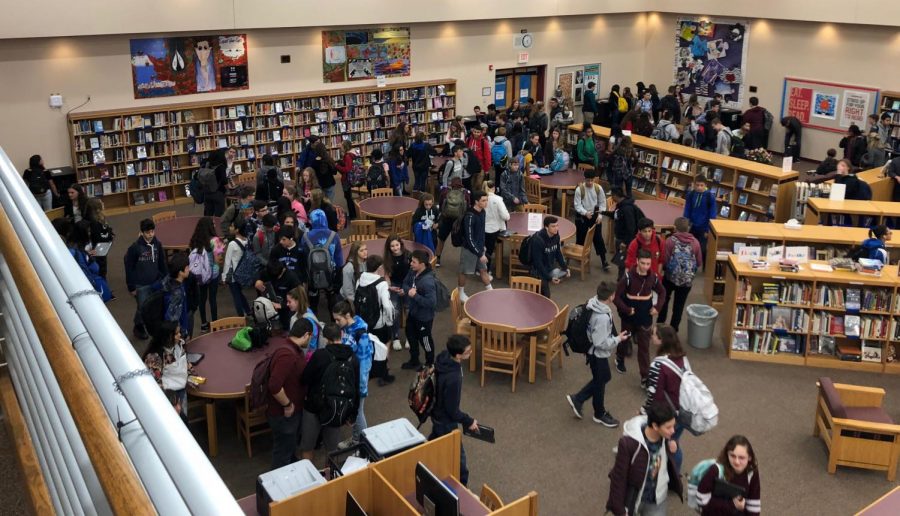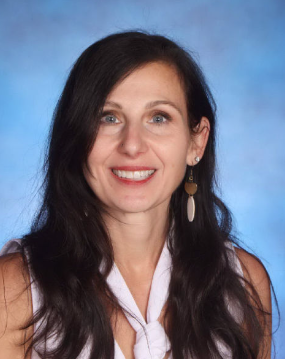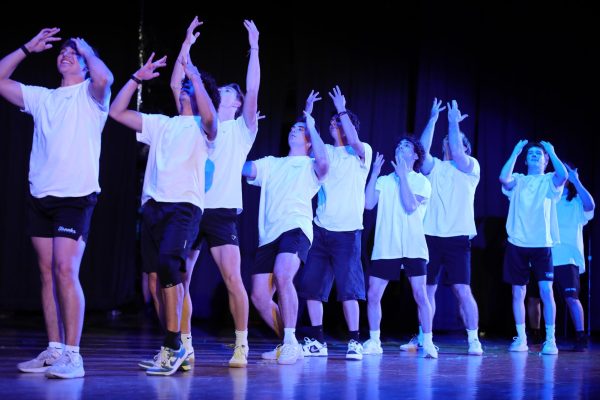Hills Implements Chromebooks Into Classroom
At the start of the school year, Warren Hills joined the nationwide trend of implementing a 1:1 use of Chromebooks into the classroom and added other improvements to the school’s technology infrastructure as well.
Each student from seventh to ninth grade can now use a Chromebook during the school day for educational purposes.
Warren Hills Technology Coordinator Timothy Jaw oversaw the implementation of 1:1 at Warren Hills and continues to lead the way for more technological advances.
Jaw explained the benefit of having Chromebooks is that students will have computers readily available at all times and that classes are never held back by having inconsistent and unpredictable access to a computer cart.
“Having a 1:1 program ensures that there is equitable access to technology across all of the classes,” he said.
Along with cost effectivity, Jaw said that the district made the decision to use Chromebooks for the 1:1 initiative because they utilize a cloud-first approach to computing. However, implementing 1:1 into the school does require more bandwidth.
“We upgraded the district bandwidth from last year to this year for the addition of the 1:1 program, and we’re hoping to do some more in the future,” Jaw said.
In response to a question about issuing computers to individual students to carry around daily, Jaw explained that while damage to the Chromebooks was raised as a concern, the cost of purchasing Chromebooks is still relatively lower compared to the cost of refreshing MacBooks.
“If given the opportunity,” he said, “we really believe that the students will step up and act responsibly with them.”
Another main topic has been whether the 1:1 program should be expanded to the other grades. Jaw said this may happen as soon as next school year.
“Our plan at this moment is to expand the program to each incoming freshman class over the next three years until the high school is fully 1:1,” he said.
Another recent initiative of the Technology Department is that students were granted the opportunity to apply for the District Technology Committee, which drew many applications.
Jaw said that every student who applied was accepted to the committee.
According to Jaw, the students provide valuable perspectives to the technology decisions. He said that most students involved in the committee have been concerned about how these decisions will affect their education and how their classes will change over time.
“We recognized the decisions that were going to come out of those topics were going to affect students,” Jaw said. “We really wanted to give students a voice in the process and have a say in what happens to the technology that they use during the school day.”
Jaw said that the Technology Department is focusing its energy and time on the best educational resources for the betterment of each student’s future.
“Technology will help empower the students,” he said, “and provide opportunities for students to learn in different and more authentic ways that are more aligned for what is happening in colleges and careers today.”





